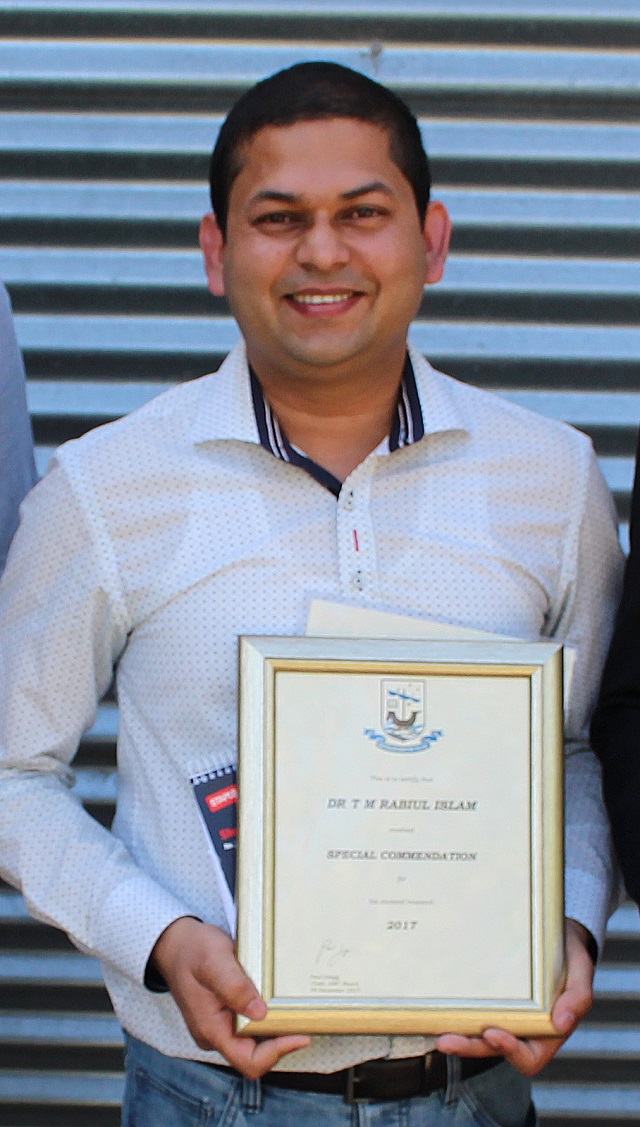New Tool Helps Predict the Probability of Human Error
Human error is cited as the cause of 80 percent of maritime accidents, including during the maintenance of marine systems, and Dr. Rabiul Islam, a researcher from the University of Tasmania's Australian Maritime College, has developed new methodologies address the issue. The tools developed include a monograph to accurately estimate the probability for human error during routine maintenance.
Most onboard maintenance is conducted under challenging working conditions and involves complicated equipment. Along with these challenges, poor communication, inadequate system monitoring and failure to learn from previous maintenance errors can result in human error.
The probability of human error can be estimated based on the level of seafarers training, experience and fatigue, says Islam. In order to estimate a Human Error Probability value, the level of a seafarers training is ranked from 1 to 9; fatigue level and experience with undertaking the task are also ranked. The three rankings are then used to obtain the value from a graph derived from Islam's research.
“The unique and user-friendly tools will help the chief engineer or captain to quickly estimate human error probability, rather than following step-by-step procedures,” Islam said. “They could also be used as guidance for shipowners, operators, masters and classification societies to better prepare, prioritize and sort the maintenance activities for safe and reliable onboard maintenance operations to reduce the potential of accident occurrence.”
Islam, a lecturer in marine engineering, was awarded his PhD in Maritime Engineering in 2017. He started his own career as a marine engineer and has used the collective experience of professional seafarers from around the world to inform his research. Islam’s research project was highly commended for the Australian Maritime College’s 2017 Rob Lewis medal for excellence in postgraduate research.

